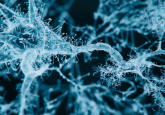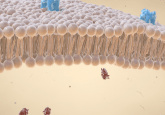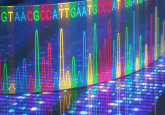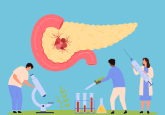Biosensor mouse model reveals drug-resistant pockets in pancreatic cancer
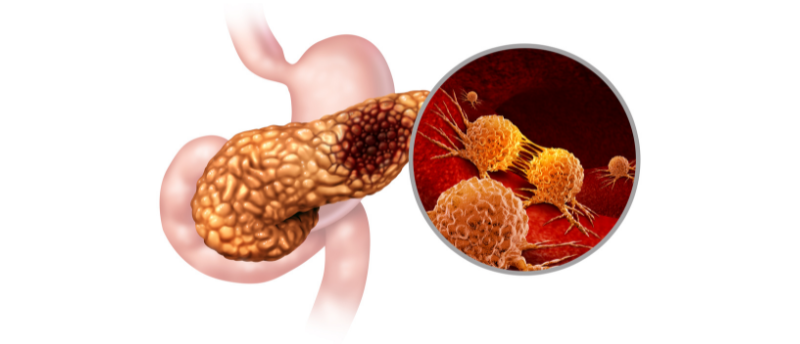
A novel biosensor mouse model enables live imaging of pancreatic cancer drug response.
Pancreatic cancer is an aggressive type of cancer that is difficult to detect and has a 5-year survival rate of less than 11%, which is further reduced if it has metastasized. Researchers at the Garvan Institute of Medical Research (Darlinghurst, Australia) have used a biosensor mouse model to visualize drug response in pancreatic cancer tumors in real time with the hope of developing novel treatments.
The AKT pathway is a key signaling pathway that maintains normal cell growth and metabolism in healthy cells. In many cancers, including approximately a quarter of pancreatic cancers, an altered and overactive version of the AKT pathway is present, causing cancer cells to spread and multiply. This pathway has been a therapeutic target for decades but targeting this pathway alone has mostly been ineffective in the clinic.
To monitor the activity of AKT in real time, the research group developed an AKT-Förster resonance energy transfer (AKT-FRET) biosensor mouse model, which produces a fluorescent type of AKT. This was monitored using intravital microscopy, providing the first real-time view of a major cancer cell signaling network in living tissues.
“Our biosensor mouse model is the first tool capable of showing us exactly when and where AKT switches on or off in the living tissues, providing us with an unprecedented view of its treatment response and resistance,” commented Paul Timpson, a co-senior author of the study.
 Gold nanoframework shows promise in cancer drug discovery
Gold nanoframework shows promise in cancer drug discovery
A porous framework made with gold nanoparticles targets cancer tumors with high precision, which could reduce the likelihood of harmful side effects.
The researchers blocked AKT activity in the biosensor mouse model with clinical treatment and observed in real time that the AKT pathway remained active inside drug-resistant pockets.
These pockets were found in areas of low oxygen supply or bordering areas of spreading cancer. Additionally, as the cancer cells moved closer to blood vessels, AKT would start to activate. “This indicates that AKT not only drives cancer growth, but it also actively drives the early events of cancer spread to other sites around the body,” explained Timpson.
The biosensor mouse model will continue to be used by the research group to develop and optimize combination therapies that target AKT pathway inhibitors and reduce drug resistance to prevent tumors from spreading. This could also be used to study breast and prostate cancers, among other cancers with an overactive AKT signaling pathway.
Timpson concluded, “Our model is a vital new tool in the era of co-targeting the tumor ecosystem in precision medicine, bringing us closer to improved treatment options for patients.”
